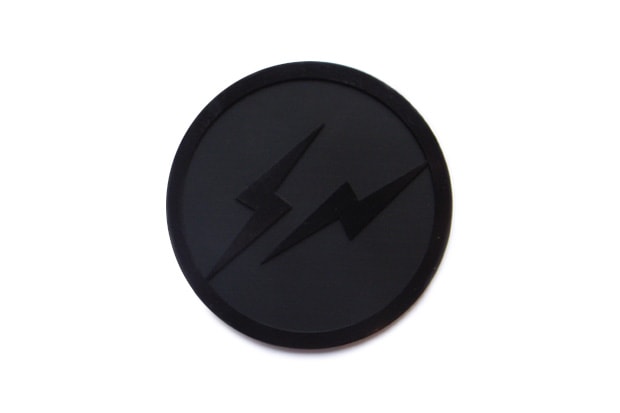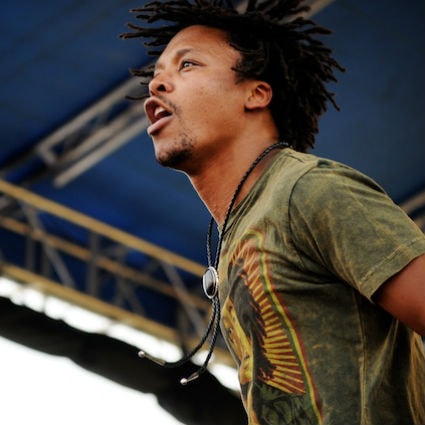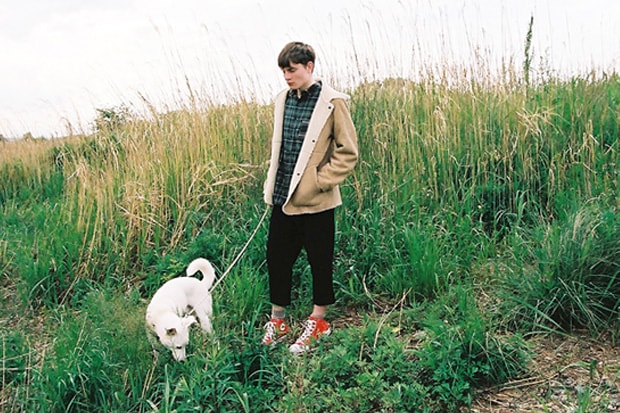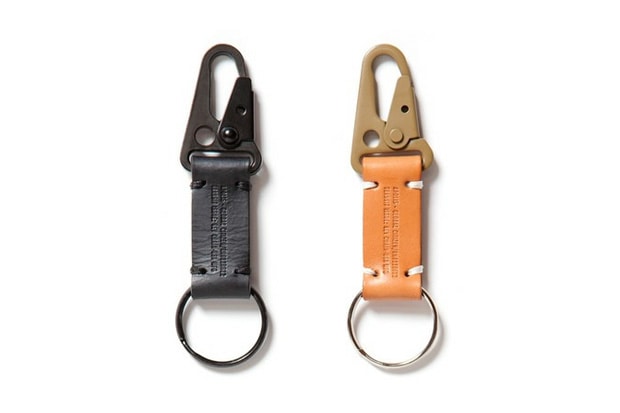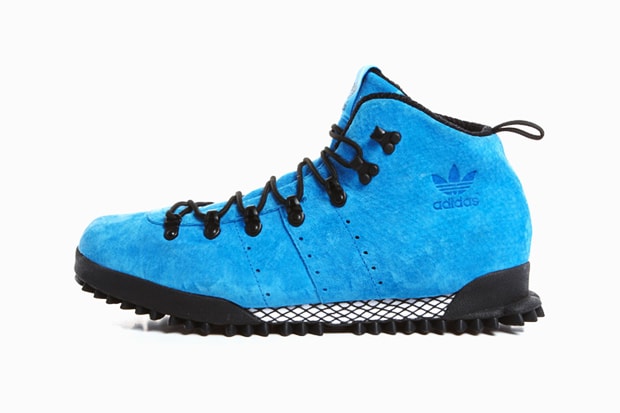Marc Newson-Designed IKEPOD Continues Momentum With Art Colab Watches
Collaborations in the watch world have taken force in recent times. Big money partnerships on



Collaborations in the watch world have taken force in recent times. Big money partnerships on several fronts, whether it be professional sports teams or celebrities have dominated the playing field. Yet, few have brought the same level of class and refinement as the recently revived IKEPOD. Headed by former distributor turned CEO, Alexandre David, the watch brand has been able to develop and release some beautiful timepieces hinged heavily on clean minimal lines. However, when called upon, we’ve seen the likes of mega artists KAWS and Jeff Koons come on board to offer their own creative interpretations on IKEPOD profiles, styles originally conceived by legendary industrial designer Marc Newson. Upon Alexandre David’s appearance in Hong Kong for the second launch of the KAWS x IKEPOD Horizon, we conversed with the enthusiastic brand owner about the past and present of a watch brand that will continue to make waves in the world of watches.
Could you tell me a bit of the history of IKEPOD?
The founders were Oliver Ike, a Swiss entrepreneur, and Australian designer Marc Newson who is known for designing his Pod line of watches. This is where the name came from. The company went bankrupt in the early 1990s and in 2006, I along with another shareholder relaunched the company.
Have you always been into watches? Is that your background?
I have been in watch industry for the past 20 years. First as a collector, dealer and then as a distributor in Europe for independent brands. I got a chance to sell my distribution company four years ago and then helped launched IKEPOD.
So what got you interested in revitalizing IKEPOD?
When I started my distribution company, the first brand we carried was IKEPOD. We made France the strongest market for IKEPOD in Europe. When IKEPOD went bankrupt, I almost went bankrupt as it was my only brand. To tell you the truth, when I was dealing watches, I remember seeing the prototype of an IKEPOD Tourbillon and liking it so much that I thought I needed to buy the watch despite not knowing about Marc Newson and tourbillons. Since then, I have always had a strong connection with the brand and a few years later I was running the company.
What is your role at IKEPOD?
I am the CEO of the company. For such a small company it means… well you know the song by Bob Dylan, “Mr. Tambourine Man”? Where he plays the guitar and the harmonica? Well that’s what I do. It’s a small company with limited production, but we have great creative development right now. My role is to inject interest in products/line, propose a distribution network, and market the company and products.
Since the reemergence of the brand, how do you think the design philosophy has changed? How was IKEPOD then compared to the IKEPOD now?
It is quite simple. When IKEPOD came out, it did not look like anything on the market. The watch is quite understated, but with a lot of detail. The case has no angles, you can see the movement in the front of the watch and not the back of the case. The strap fits directly into the case with no leg. It is not a pin buckle. Nothing has really changed in that sense. What has changed is the quality of the production. Our watches are 10 times better than they were back then. The old IKEPOD lacked resources and did not carry the same vision we have today. These are the best watches we have ever made.
When it comes to the positioning of the brand, I find that IKEPOD watches are more aligned with art and trying to push the envelope in terms of creativity in high-end timepieces. How do you respond to that?
I think we disrupt a lot of norms in the watch industry. IKEPOD has its own place and we do not really have too much competition because we aren’t like any other brand out there. Most watch companies pride themselves on who has the most complicated watches on the market. We pride ourselves on simple complications. When you look at our watches, they look extremely wearable with a flawless design, but they are actually very difficult to produce. IKEPOD is at the crossroads of watchmaking and design.
How did the opportunity to work with KAWS come about?
Long story short, I was at a party in Paris. It was at colette and was introduced to him. I knew his work and told him I would like to work with him and we exchanged cards. Two days later we met and talked more about it and a few weeks later I was in Brooklyn at his studio looking at the design. It took us close to a year to finalize the construction of the sophisticated dial. KAWS’s ability to crossover into other realms outside of painting is incredible. KAWS has always been an artist. He works in the streets, galleries and in different industries. He has moved on from street art, but it doesn’t mean what he is doing now is more valuable than back then. It’s just a matter of context. He’s not a street artist, not a gallery artist… he’s an artist.
You helped launch the KAWS collaboration watch in Asia through GURUS of Hong Kong. How did your relationship with GURUS materialize?
I bumped into my friend George of Bamford Watch Department and we started to talk and he pointed me to GURUS. Two weeks later I was in Hong Kong to see the store and I loved it. Normally when I come to Hong Kong it’s always Central. It was so refreshing to see a store on the street and not in a mall.
What about Marc Newson? Is he still actively involved with the design?
Yes. Last year we made the hourglass. For me that symbolized everything we are about. We come from watchmaking and we tend to do things differently. Every piece of the collection is designed by Marc Newson. Bringing artists like Jeff Koons and KAWS adds something even more special to us.
When it comes to the design of the launch, how does your process work?
We always start with the artist, which means that – obviously as a company we need to brief the people we work with on what we want to do – but at the beginning of the process, they are already in charge. The only reason why it would change is because, when you go into production, you may be faced with unexpected issues. We would then go back to the creative minds and say, well these are the issues we have, what’s your input on that? We try to make it an exchange, always to try to keep it as true to the original idea. But we’re a very small company, so we really try to do things in the easiest way possible, and we like to work with people that we like. An example of this is GURUS. I met Felix Wong and we clicked within two minutes. What they are doing speak to me, and I think what we’re doing speak to them. It’s good to have these kind of relationships happen organically… and this is how we work. We work with people we like.
It seems like you being the face for IKEPOD helps represent the brand well as opposed to promoting via PR companies and such. Is this true?
We want to have 100% control in both distribution – we don’t use distribution agencies. We have retailers all over the world who have their own PR people and we’re happy to work with them on occasion. But I’m always very happy to talk and discuss what we’re about. I’m also a strong believer in content. I have a website that barely has any text as I find text can be too boring. But when you meet people, you start to talk and these conversations can take you to directions you wouldn’t expect, and that’s even more interesting. This goes the same with the artist and designers that we work with. The story behind the hourglass (by Marc Newson) is quite interesting. We were thinking, what can do to make people notice us within the market, and we started to think about time-related objects – something that won’t be just a watch. And that’s how we came out with the hourglass.
What about development time for the products? It seems that making a watch is much more difficult than making a garment.
The watch industry has cycles that are quite long – from the original designs, to the delivery, it usually takes 12 to 18 months. So you need to plan ahead. That being said, once we launch something, it’s quite easy to work on it for a few years and changing it up here and there. These watches (the Horizon) were designed six years ago, and now that we have KAWS work on it, it has a whole different take on it. So the process is to build something that is good enough to withstand and endure time but open for interpretation.








